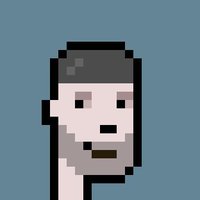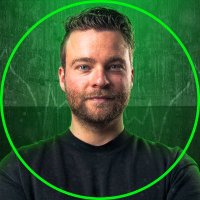Communtity feeds
-

- Twitter source
- Crypto Tony Apr 12, 2025 at 01:13 am
-

- Twitter source
- Mario Nawfal’s Roundtable Apr 11, 2025 at 08:15 am
JUST IN: ANNOUNCES SEC LAWSUIT DISMISSED, CONFIRMING $HNT, MOBILE, AND IOT TOKENS ARE NOT SECURITIES Source:
-

- Twitter source
- Jeff Dorman Apr 09, 2025 at 02:30 am
-

- Twitter source
- Sjuul | AltCryptoGems Feb 26, 2025 at 07:30 pm
-
- Twitter source
- {{val.author }} {{val.createtime }}



































































